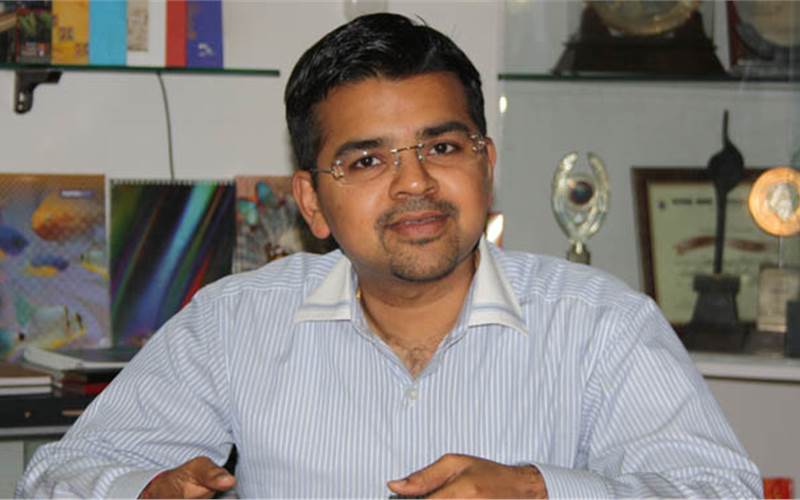Rishabh Singhvi: GST on packaging should be reduced to 12%
Rishabh Singhvi, executive director, IPP, says it has been a great fallacy and tragedy that our industry has been relegated to the status of a service provider while in every sense it is all about manufacturing
08 Nov 2017 | By PrintWeek India
What has been the impact of GST on your customers? How are your customers coping with multiple GST slabs, tracking of invoices and movement of goods across state borders?
The transition phase has been difficult and challenging. Most customers have coped well as they prepared for months prior to GST implementation. Demand has recovered to a great extent. Hopefully, demand will improve as time goes on.
Do you believe that it’s in our best interest that all our (printing and packaging industry) the tangible products are covered under HSN (Goods) so that there is a greater chance of coming under the manufacturing sector and acquiring industry status?
Definitely. Packaging and print need to be accorded industry status as manufacturers, not merely service providers. It has been a great fallacy and tragedy that our industry has been relegated to the status of a service provider while in every sense it is all about manufacturing.
The Ministry of Finance issued a Notification No 31/2017-Central Tax (Rate) dated 13 October 2017, which formalised the decisions regarding the GST rates at the 22nd Council meeting on 6 October 2017. Is there clarity, finally? Please name one thing on your wish list for the government.
GST on packaging should be reduced to 12%. Books should be exempted from GST as these are educational products.
Latest Poll: GST hopes to change the indirect tax structure in India. Is GST working thusfar?
GST will be beneficial in the long run: 27%
Good law, poorly implemented: 30%
Small firms face a compliance burden: 15%
Multiple slabs, invoice matching and glitches in the GST Network are a pain: 20%
GST is a uniform and simple tax regime for India 8%













 See All
See All